10’’ ~ 24’’ 600LB gate valve is made according to API 6D standard. The valve body is made of A516 Gr70. It has the structural characteristics of parallel gate. The operation mode is gear operation.
Payment:
30% when order confirmed, 70% before shipmentProduct Origin:
ChinaColor:
CustomizationShipping Port:
Shanghai, ChinaLead Time:
30~60 days Ex Works after order confirmationMaterial:
A516 Gr70Method of Operation:
Gear OperationProduct Description
|
Type |
Flat Gate Valve |
|
Size |
10’’ ~ 24’’ |
|
Pressure |
600LB |
|
Connection |
RF |
|
Operation |
G.O |
|
Body Material |
A516 Gr70 |
|
Design Norm |
API 6D |
|
End to End |
API 6D |
|
End connection |
ASME B16.5 |
|
Test & Inspection Code |
API 6D |
|
Temperature |
-29 ~ 120°C |
|
Applicable Medium |
Water, Oil and Gas |
Features
1. The middle flange is widened and stiffened to strengthen the strength of the middle flange and prevent pressure deformation;
2. After the middle flange is processed into a groove surface, we put in the gasket to prevent the gasket from being squeezed out under high pressure.
Technical Drawing

Dimension Checking
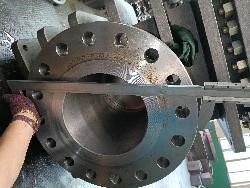
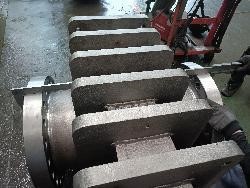
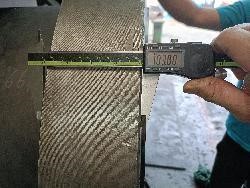
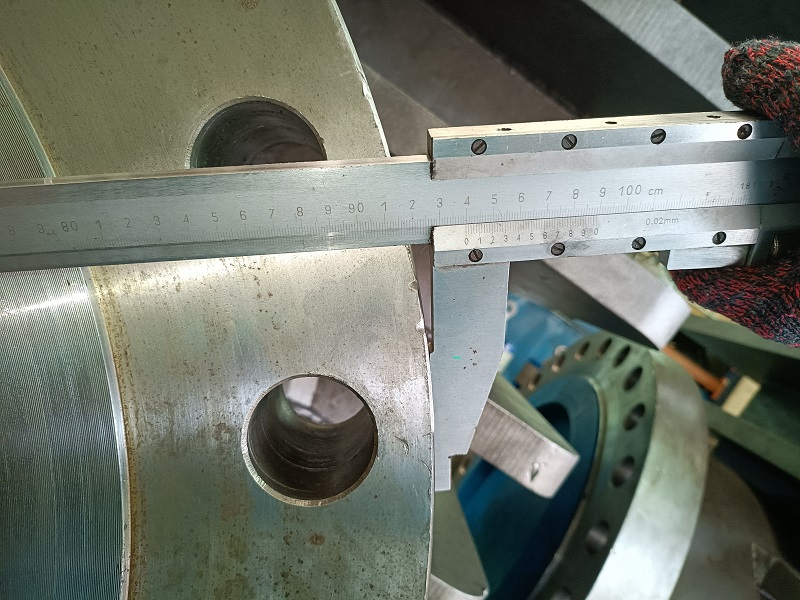
Witnessing tests
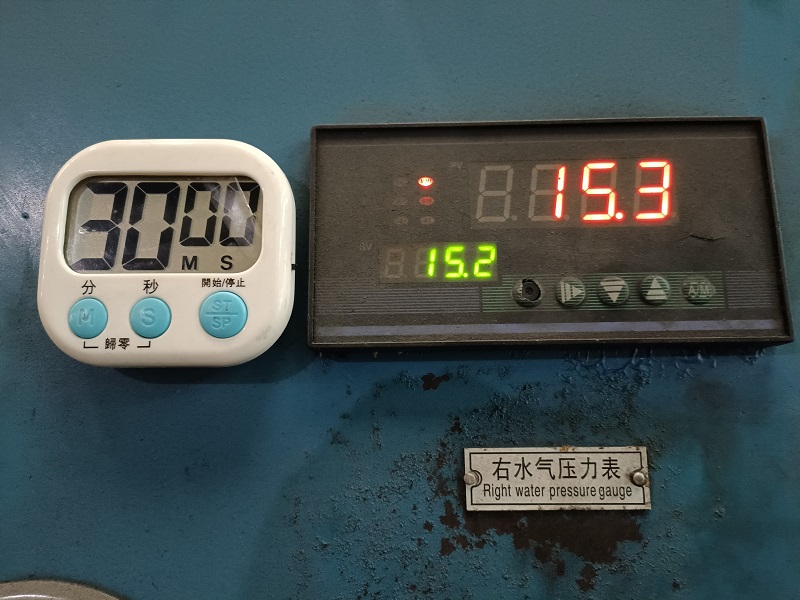
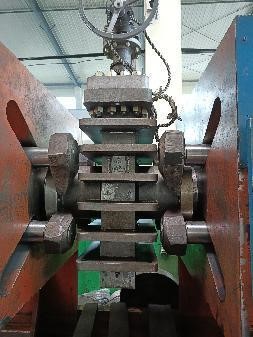
Nameplate
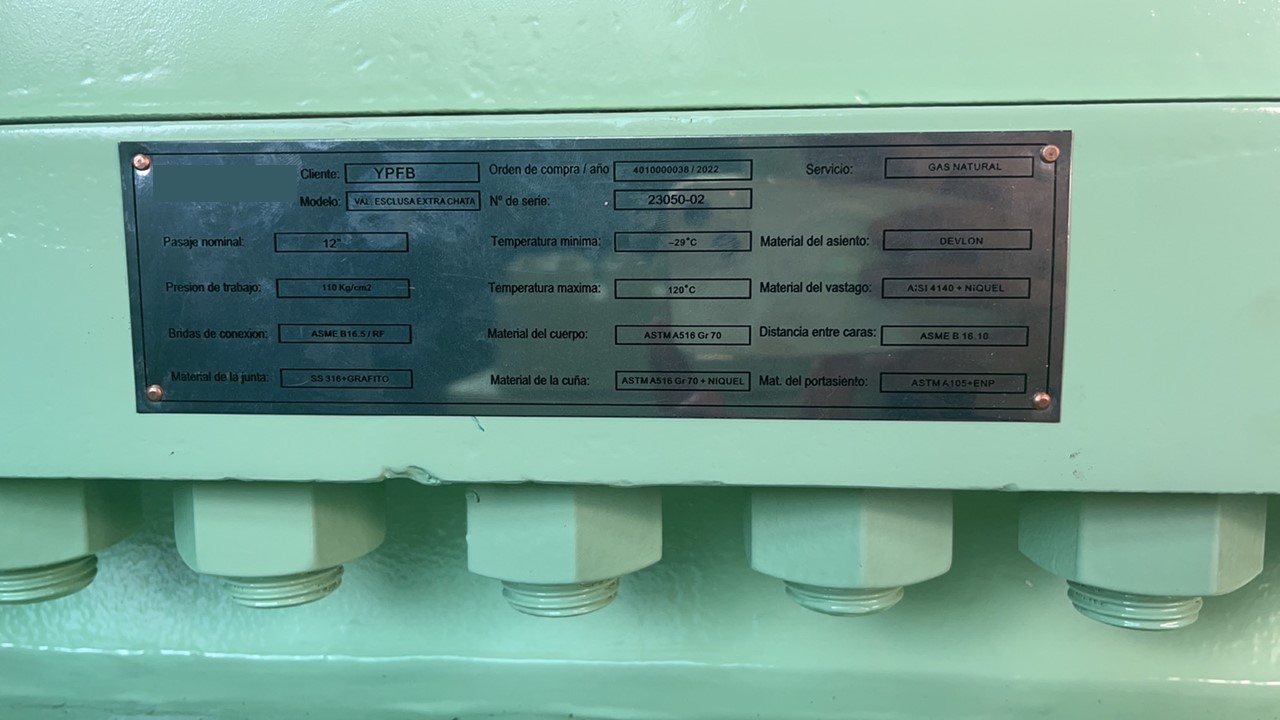
Packing
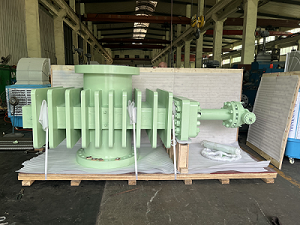



Inspection report
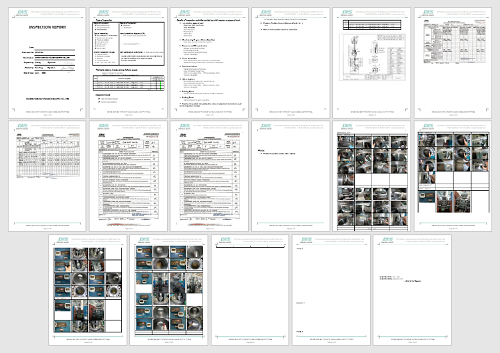
If you are interested in our products and want to know more details,please leave a message here,we will reply you as soon as we can.